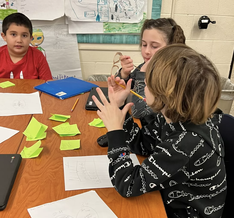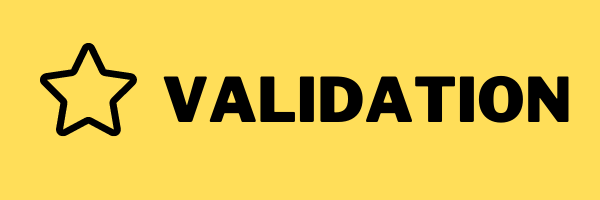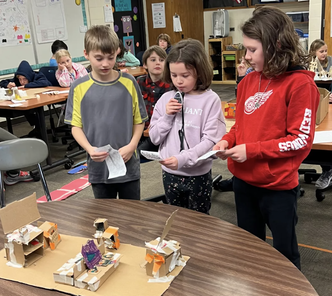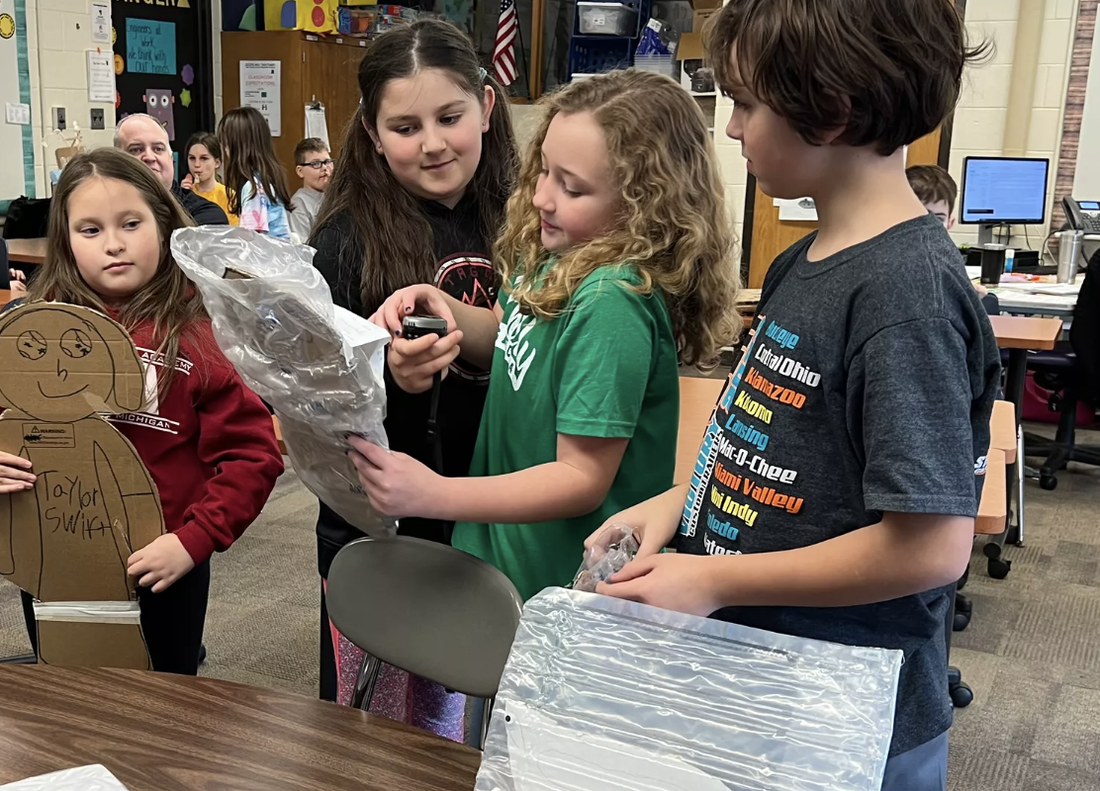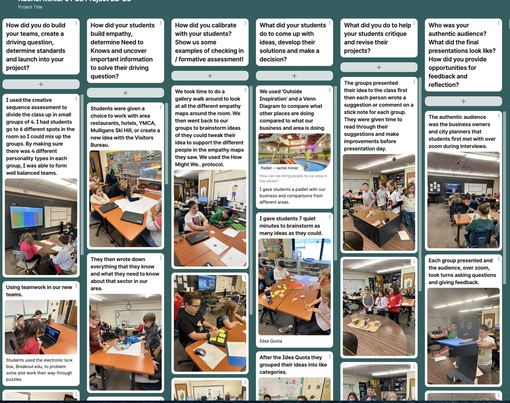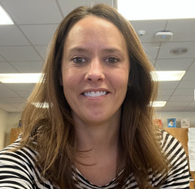Bringing more people to our area and providing additional opportunities for our local residents in the winter.
By: Rachel Minier
By: Rachel Minier
Project at a Glance :
Third and fourth grade elementary students teamed up with a handful of local businesses, the Grand Haven city planner and event coordinator to plan how we can bring more people to our area in the winter. This question was added to the city’s monthly meeting agenda and our students created a number ideas including events, treasure hunts, and new restaurants.
Driving Question:
How can we bring more people to our area in the winter?
|
Standards:
Entry Event:
|
Stakeholders:
|
Incubation:
Checking in:
|
|
Solution Building:
|
Authentic Audience:
|
Click here for teacher's full plan.
Reflection and Feedback:
|






